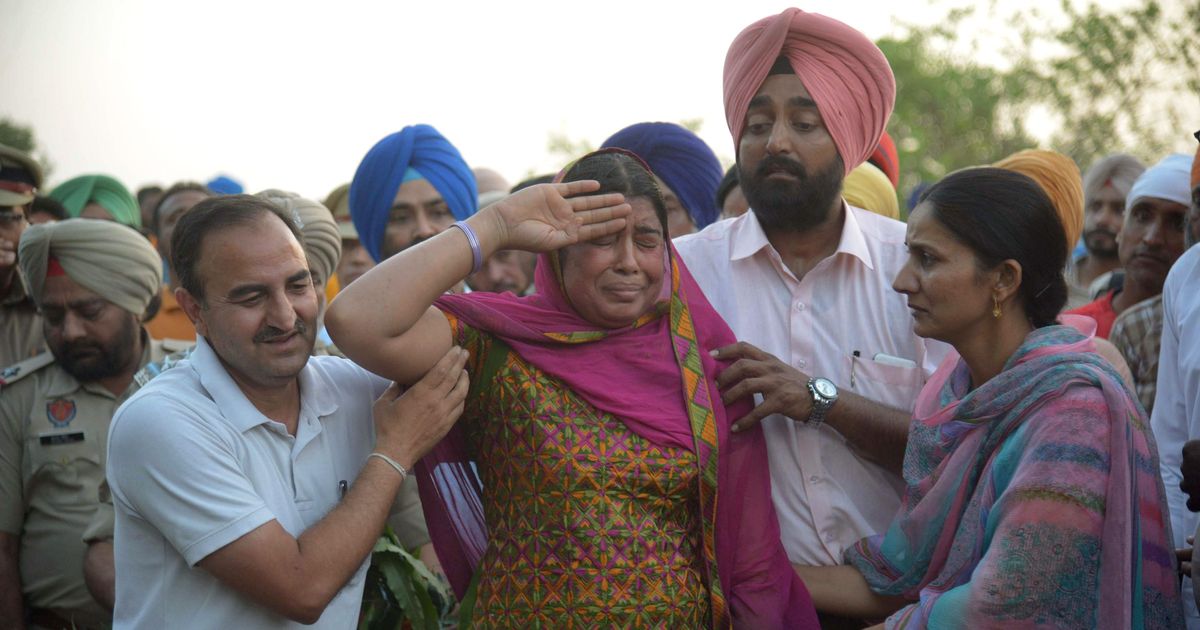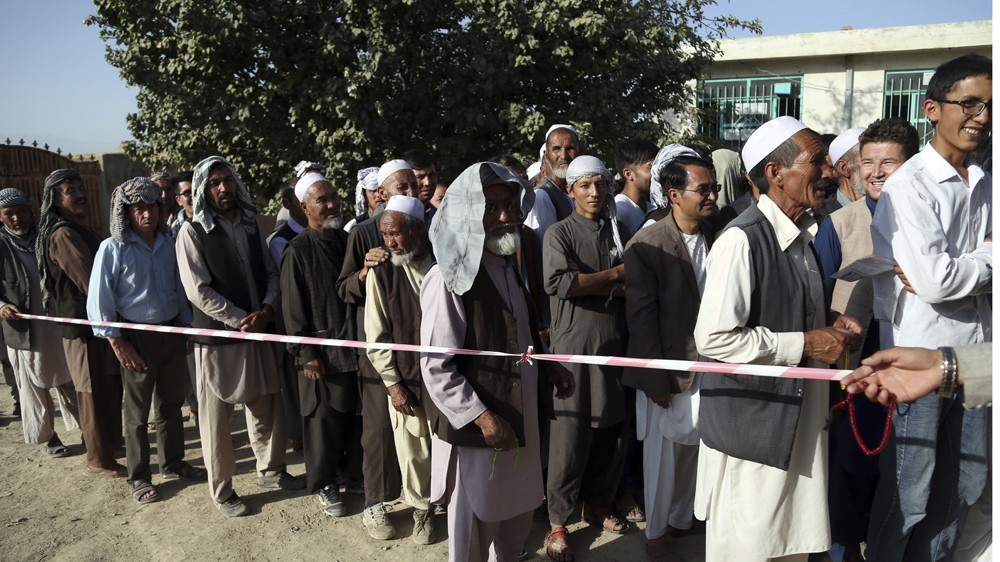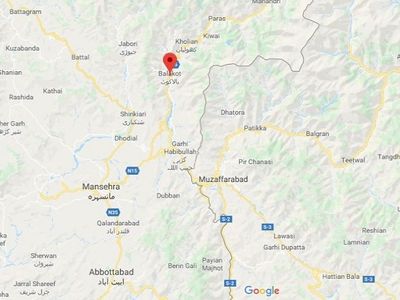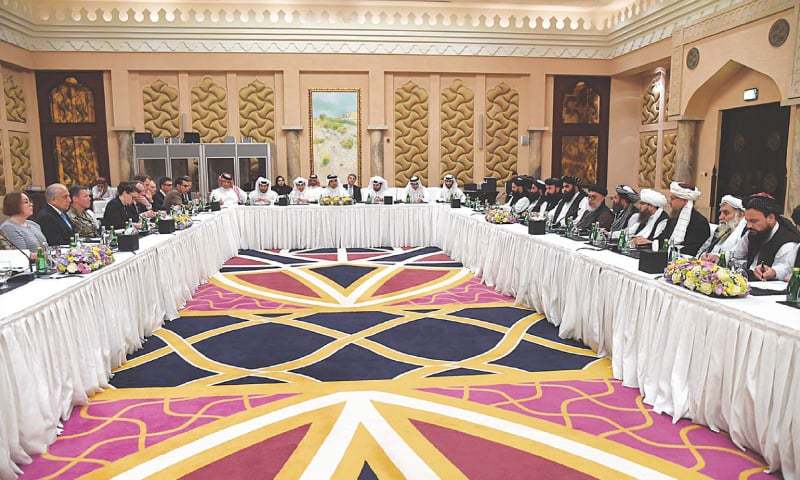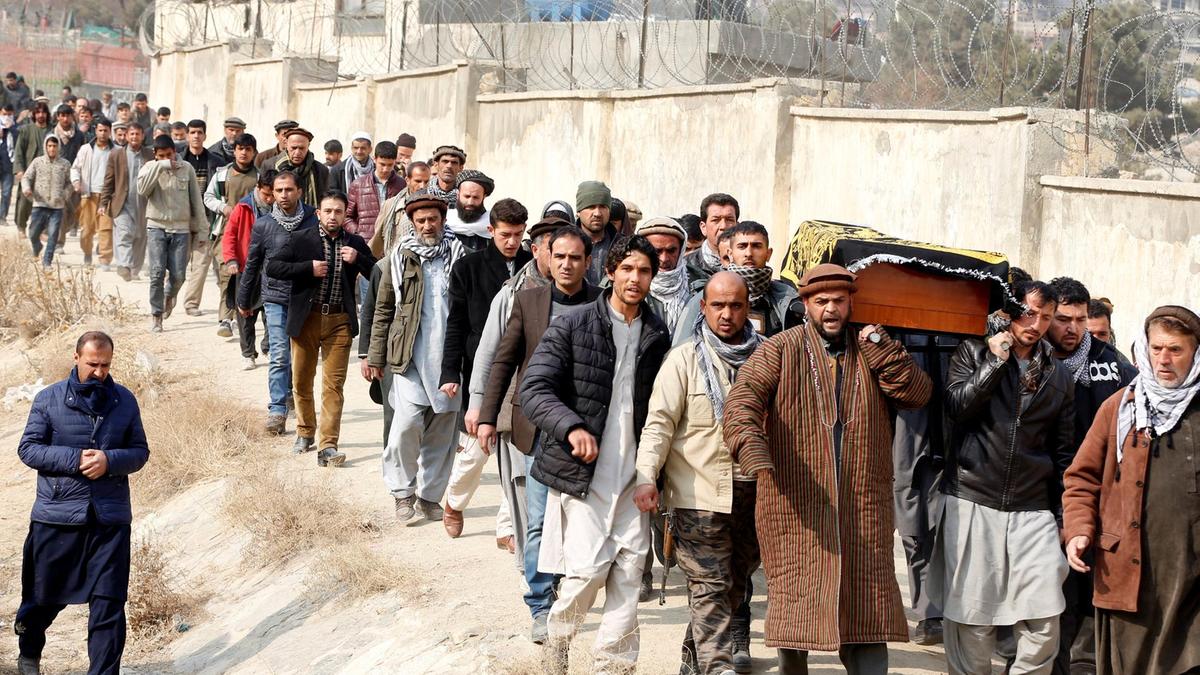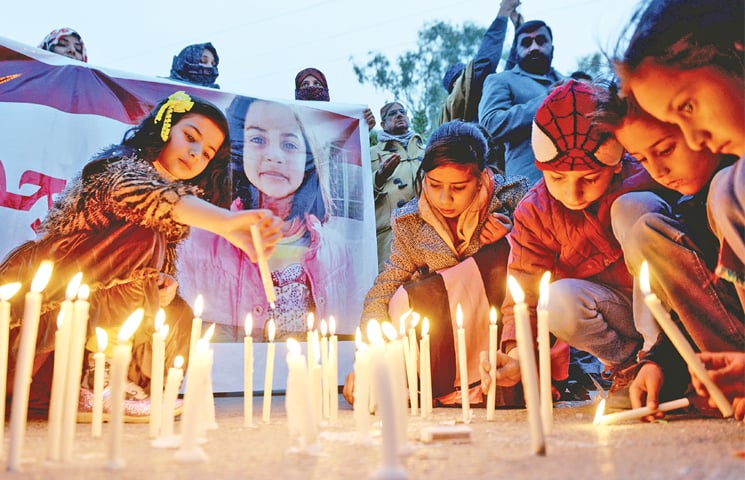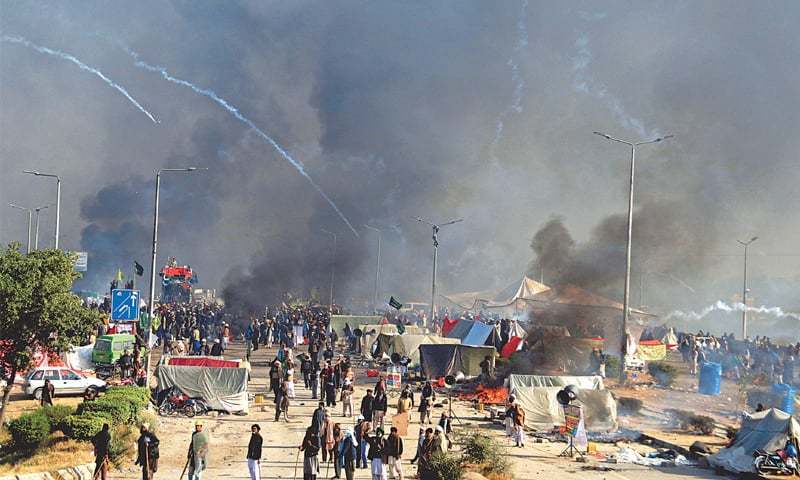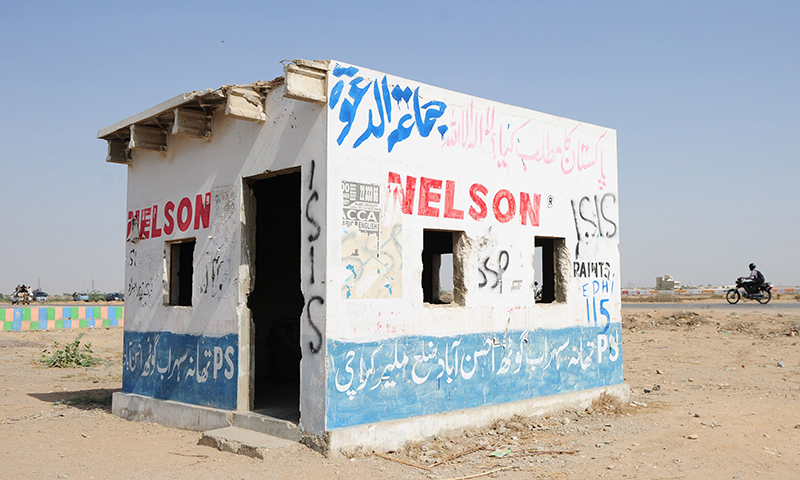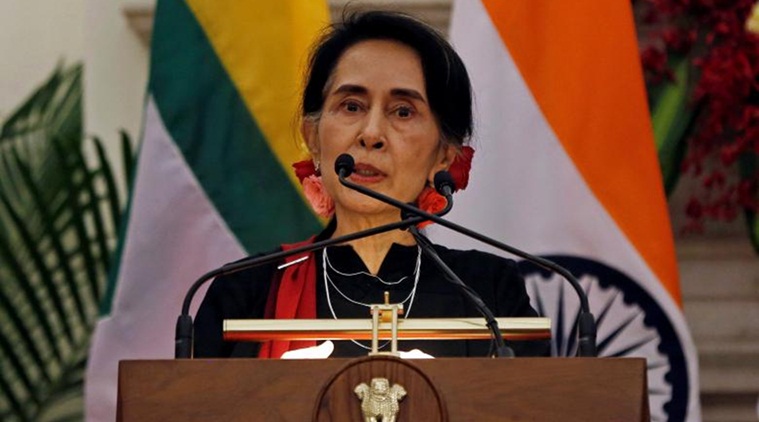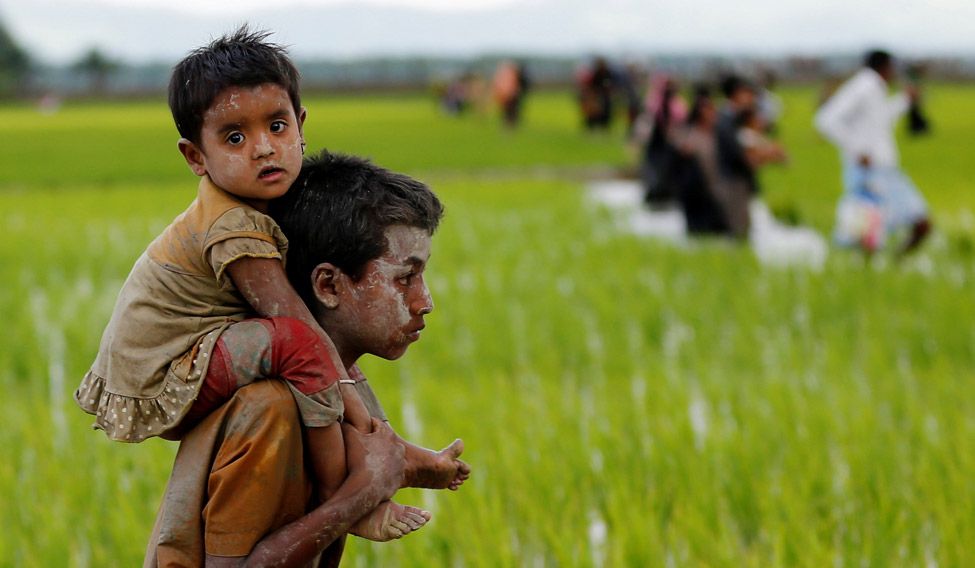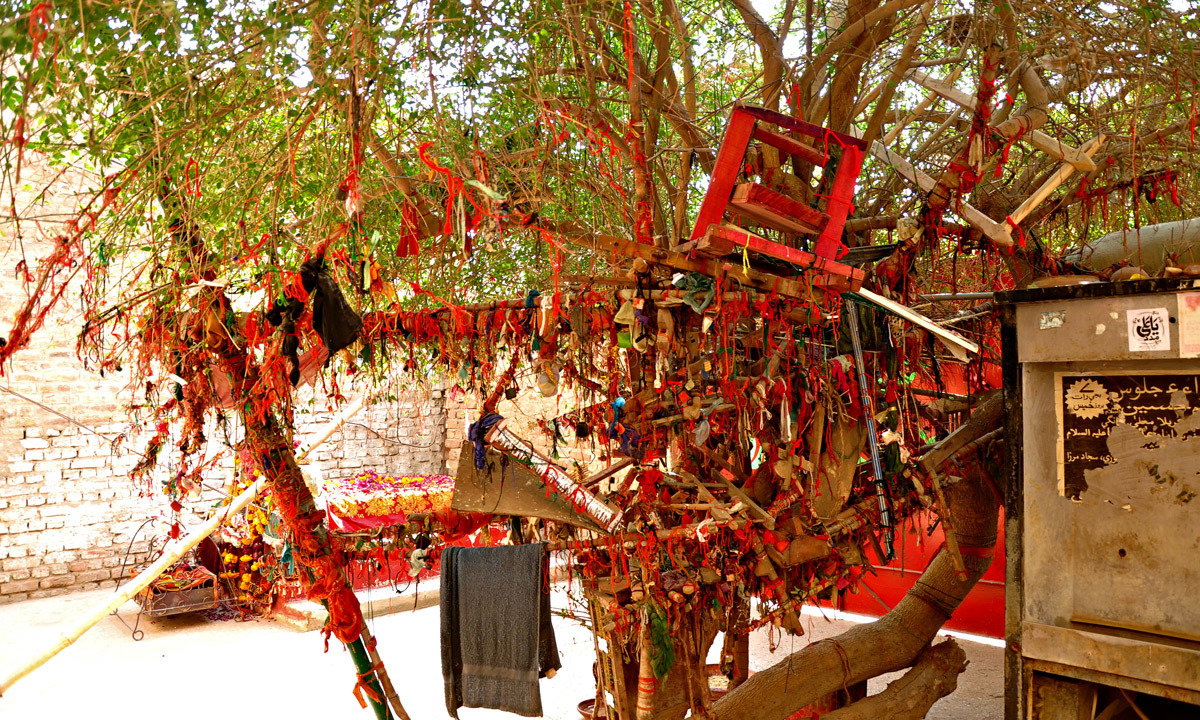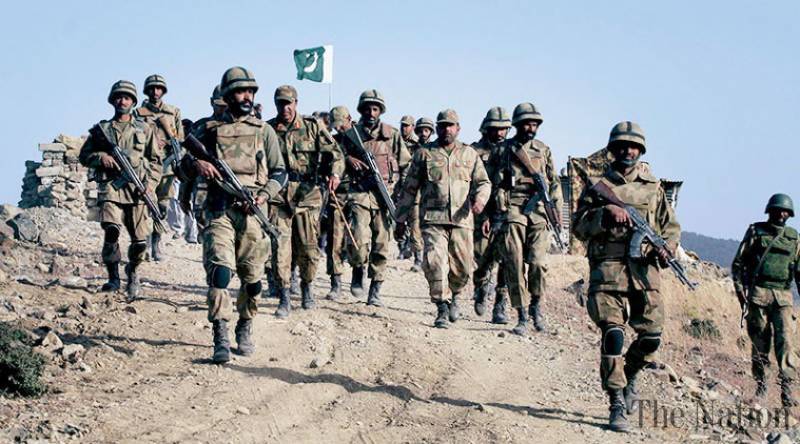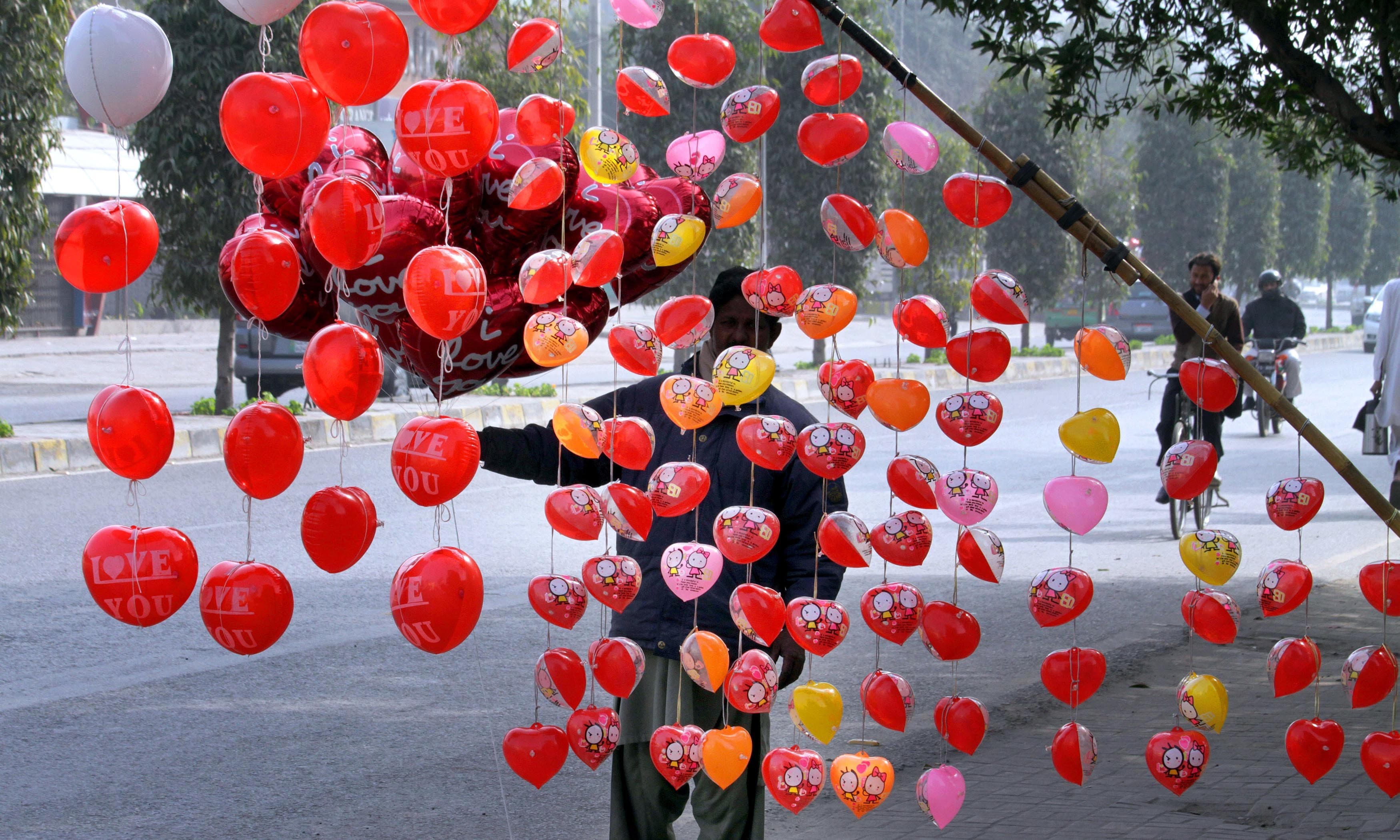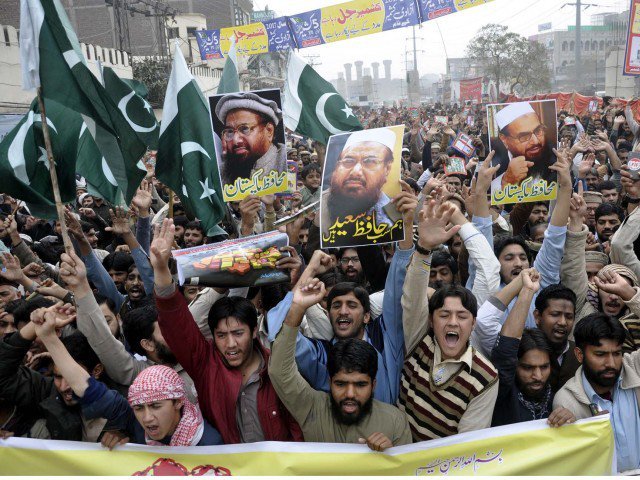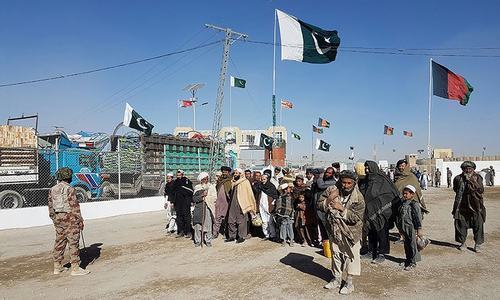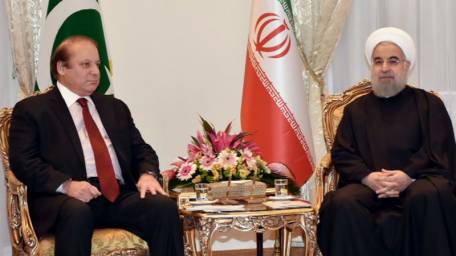CR Analysis
D. Suba Chandran
Professor
International Strategic and Security Studies Programme (ISSSP)
National Institute of Advanced Studies (NIAS), Bangalore
The recent meeting in Bangkok between the National Security Advisors of India and Pakistan have raised a few expectations. The last few years, the bilateral relations have remained indifferent, with neither of the two countries taking any serious initiative towards a rapprochement. Will 2018 see an improvement?
The contemporary history of the bilateral relationship between the two countries has been a series of conflicts and tensions, with few attempts towards a peace process in between. What is the Indo-Pak problematique? Why is the bilateral relation unable to follow a unilinear trajectory? Will it get addressed in 2018?
A. The Status Quo is a Slow Burn, but not a “mutually hurting stalemate” for the State
Perhaps for the State in India and Pakistan, the current round of tensions do not hurt much. While a peace process failed to take off in the recent years, despite occasional tensions along the border, the relationship between the two countries did not escalate to any dangerous point. Unlike during three previous occasions - Kargil War, 2001-02 border standoff and 2008 Mumbai attacks, the relationship between the two countries has not reached to what William Zartman would refer as a “mutually hurting stalemate”.
Of course, there were a series of tensions across the LoC in J&K during the last few years. There were serious firings along the LoC, and a heightened rhetoric at the political levels. The media, especially those based in the capitals, but far away from the military action along the LoC, waged a bilateral war through their experts and the TV anchors. They fired more jingoistic missiles than the two militaries, creating a frenzy.
Besides the firing across the LoC, there were few terrorist attacks inside Kashmir Valley, and outside for example in Pathankot. If India issues a series of threats over these attacks as supporting a proxy war, Islamabad used the capture of an “Indian spy” allegedly from Balochistan, as a proof of India sponsoring terrorism in Pakistan. Whether rest of the world believes this narrative or not, today most within Pakistan is convinced that India is sponsoring terrorism in Pakistan through Afghan intelligence agencies.
Despite the above, the State in India and Pakistan did not escalate the situation further. The situation has been restricted only to the LoC; it did not escalate to other parts of the bilateral border between the two countries across Punjab. For both countries, the existing situation is a Slow Burn, which does not hurt the respective Establishments.
B. Lack of formal contacts does not hurt either
If the existing level of military engagement across the LoC does not hurt them, the lack of formal relationship does not hurt the State either. The bilateral relationship between the two countries has been restricted to minimal in the last two decades.
The informal and illegal trade between the two countries has always been huge and more than the formal trade. The bilateral contacts had come to a trickle long before. So are the societal contacts between the two countries. The abysmal contacts could be seen from the direct air connections; from twice a week between two cities, it has declined further.
There is no big ticket item – trade or culture, between the two countries that gets really affected with an Indo-Pak Slow Burn. Imagine a situation between Germany and France today, in which the borders being closed for a week. From tourism to trade, students to businessmen, local communities along the border to political communities around the capitals – will go on a large scale rampage to restart the linkages. The reason is simple – the contacts between those two European countries are so intertwined that any disruption would create a huge cost.
Unfortunately, in the Indo-Pak context, the disruption would not matter, as both countries have been steadily shrinking their contacts.
C. External Engagements: China and the US
If the bilateral engagements or the lack of it between India and Pakistan does not hurt the two countries, their engagement with extra-regional powers encourages them further. Consider the following.
During the last few years, Pakistan’s relationship with China has expanded primarily over China Pakistan Economic Corridor. A section within Pakistan considers the CPEC as an El Dorado and a panacea to all their economic and energy ills. This section also believes that Pakistan occupies a geo-strategic position that would see through Pakistan economically and strategically. The Pakistanis have made so much of an intellectual investment over Gwadar and expect that the Chinese would pursue their One Belt One Road (OBOR) through Pakistan.
On the other hand, New Delhi has made a substantial investment in improving Indo-US relations. While Obama played a low profile, statements from Trump administration has made India believe that it is catapulting into a different league.
One could observe a trend cutting across Obama and Trump administrations over the last decade, since the Indo-US nuclear deal. The NSG waiver, Trump’s request to play a larger role in Afghanistan, debate elsewhere over India’s role in the Indo-Pacific and the Quad – all these have made New Delhi to look beyond South Asia at the cost of any substantial political investment in the region.
D. Weak Regional Architecture
To get back to the France-German example, would the EU have allowed a deterioration of relations between the two countries? In the South Asian context, the SAARC is unable to play any role in bringing India and Pakistan back to the region. In fact, it is the opposite; the Indo-Pak differences are weakening the regional association.
If the SAARC as a regional organization is ineffective, is it because, it is designed to be so. None of the other countries in the SAARC would like to exert any pressure in bringing the two countries back into the regional fold. They neither have the political clout nor the economic leverage.
The lack of a regional architecture, that would pressurize India and Pakistan to work together further allows the two countries to look beyond the region.
E. Differences within J&K
The only region that could bring India and Pakistan closer and to the negotiation table would be J&K. Unfortunately, J&K drives both countries apart; multiple differences within the various parts of the erstwhile J&K will make an Indo-Pak rapprochement tougher in 2018.
In J&K, there are stark differences between the three sub-regions in India – Jammu, Kashmir and Ladakh. While the first two have contrasting positions vis-à-vis India and Pakistan, the third one is indifferent. The political affiliation and ideologies also differ between Jammu region and Kashmir valley.
Similarly, across the LoC, the two Kashmiri entities under Pakistan’s control have contrasting positions vis-à-vis India-Pakistan relations. While Muzafarabad continues to parrot Islamabad’s position, Gilgit has its own orientation. With the CPEC projects, this difference is likely to expand further.
As a result, all five regions of J&K will have different objectives and expectations of an Indo-Pak interaction.
The only positive happening, although limited has been the cross-LoC linkages. Even these interactions cross-LoC trade and bus service - started with a lot of expectations, instead of expanding further, has become a bureaucratic playground.
Will the relations improve in 2018?
2018 will be an election year for Pakistan. The political parties in Pakistan are likely to be focused on winning the elections, than improving bilateral relations. Three leading political parties – PPP, PML-N and the PTI have their own ghosts within to handle than to devise a larger external agenda – either vis-à-vis Afghanistan or India.
Further, on Afghanistan, India, CPEC and the US, both - the Parliament and the ruling government in Pakistan have abrogated their foreign policymaking powers to the military. Though historically, the Deep State had its own influence, the present Parliament and the PML-N government should have been the weakest during the last three decades.
The question then boils to Pakistan’s military – is the Establishment interested in improving Indo-Pak relations?
On the Indian side, Narendra Modi did make a few attempts to build a new narrative. His surprise visit to Nawaz Sharif’s residence for example, was a bold move. But, he could not sustain a roadmap towards Pakistan; perhaps, there was no response from Sharif. Or, perhaps, the differences within his party and the Parivar have taken the process away from a rapprochement.
The civil society also remains muted. There have been no vociferous voices forcing the two countries to come together. Nor is there a “big ticket item” that would bring the two countries together.
So, is the immediate future bleak for an Indo-Pak rapprochement? Perhaps it is.
Unless something like a bus trip that Vajpayee took in 1999 happens. Else, the Indo-Pak slow burn will continue.
The author is a Professor and a Dean at the National Institute of Advanced Studies (NIAS) Bangalore. He edits an annual - Armed Conflicts in South Asia and maintains a portal on Pakistan – www.pakistanreader.org. The above analysis was first published in the Rising Kashmir.

